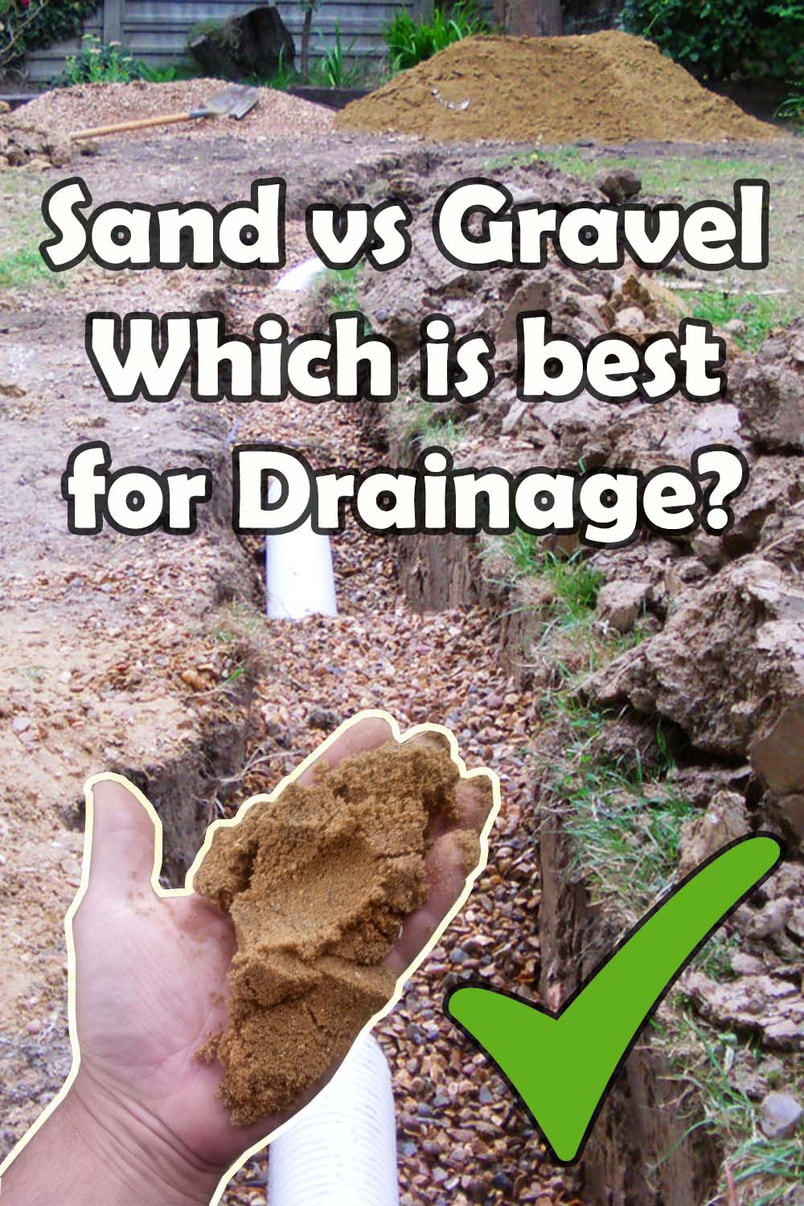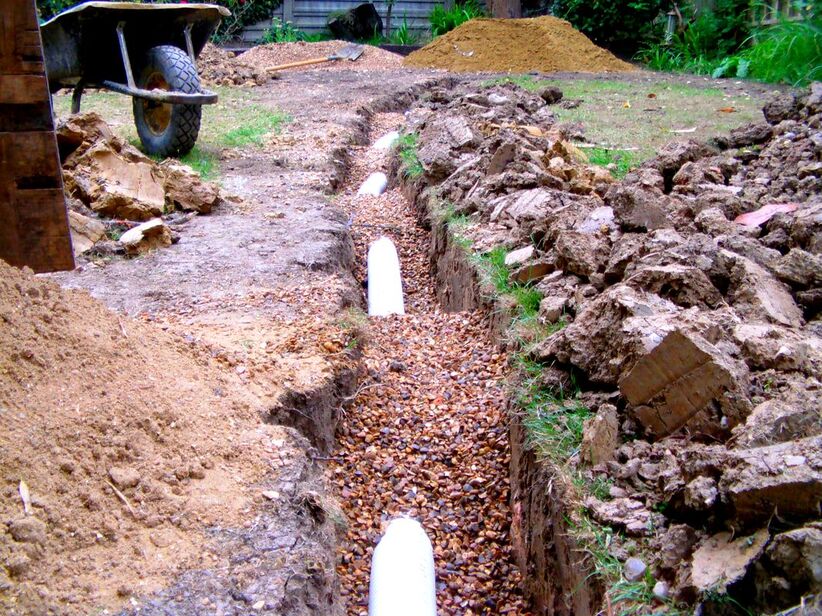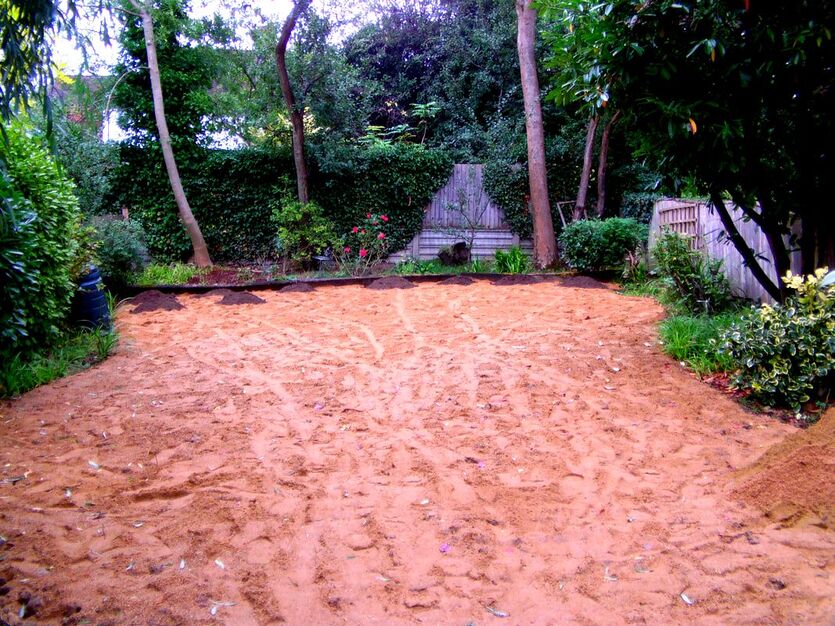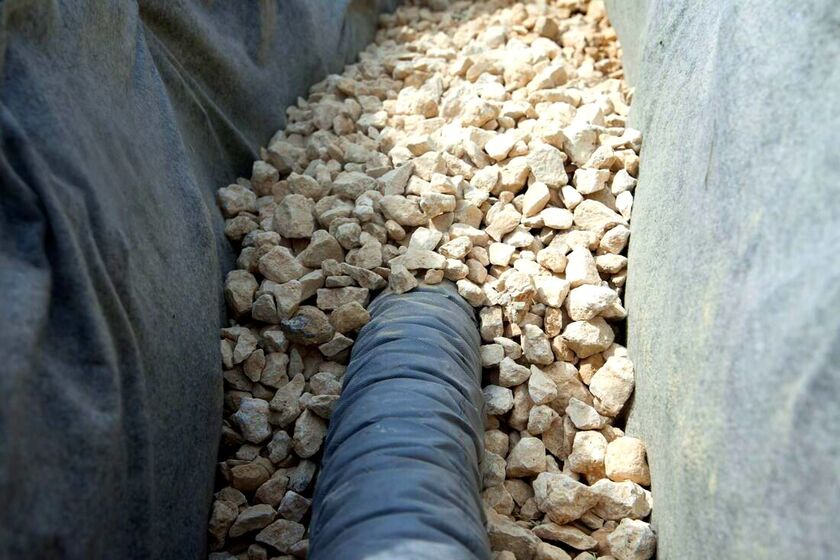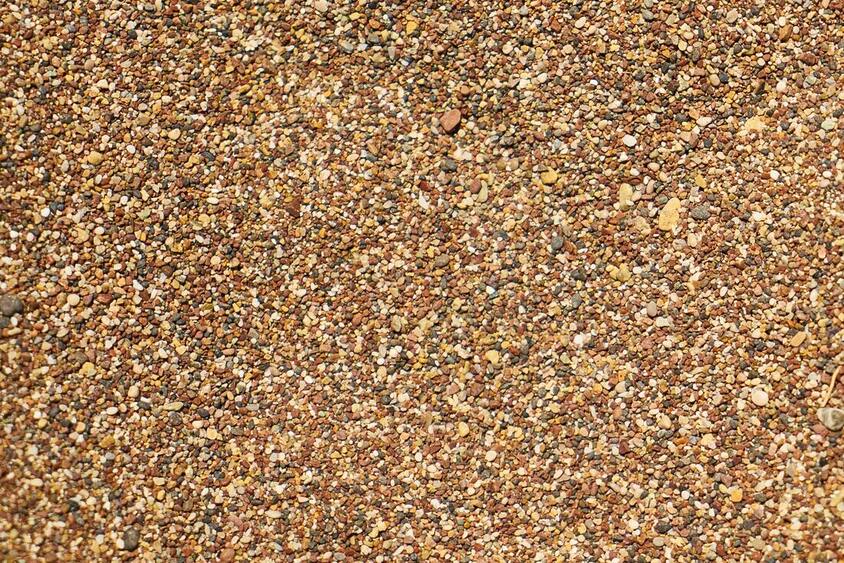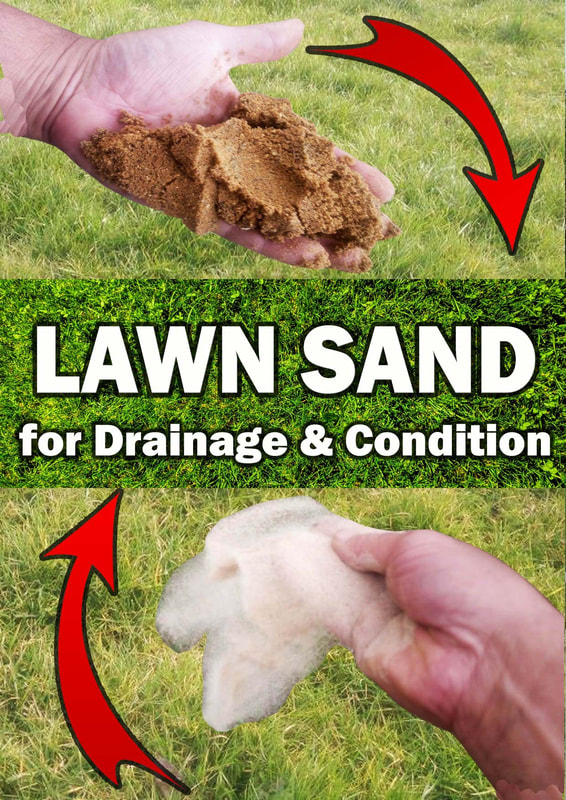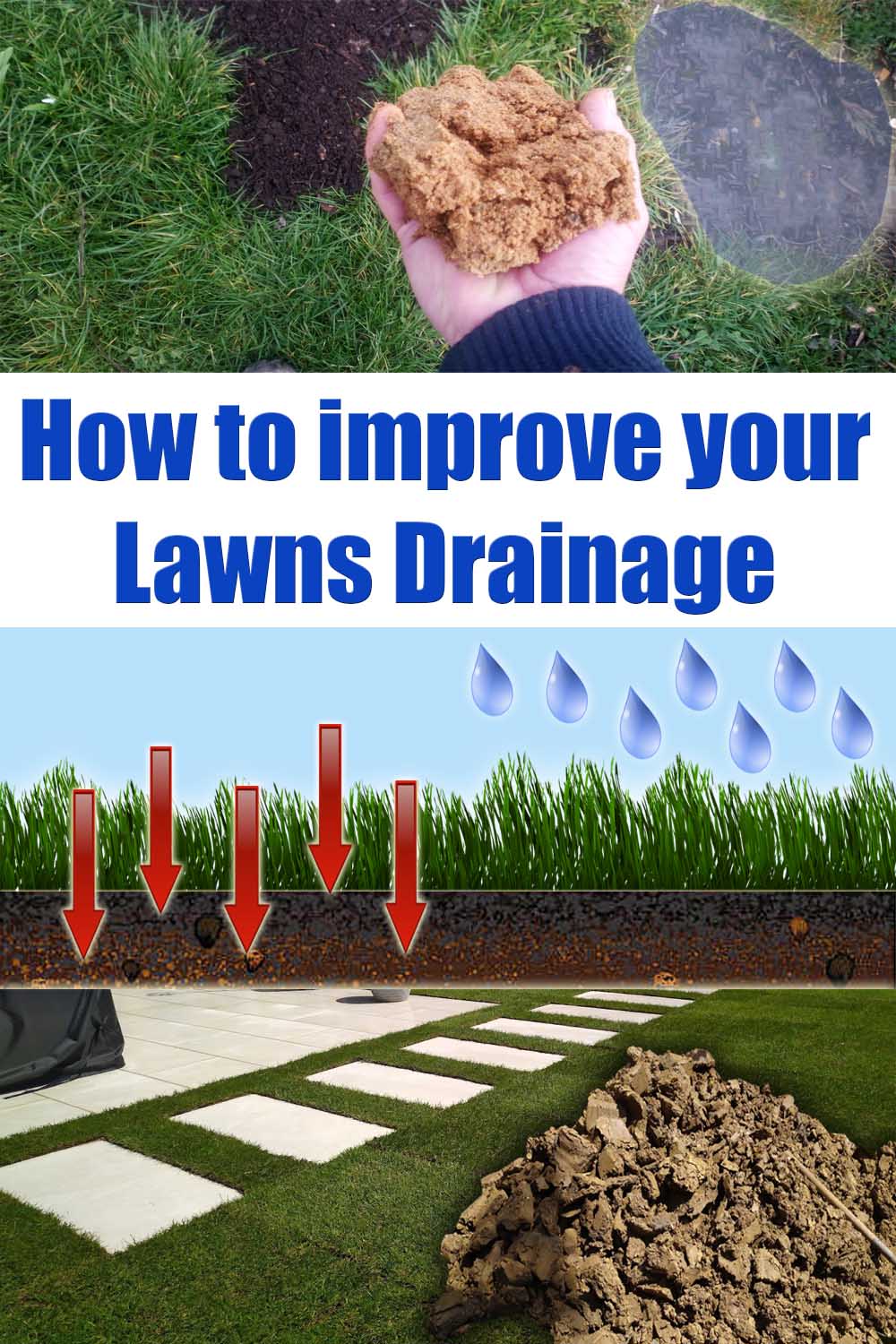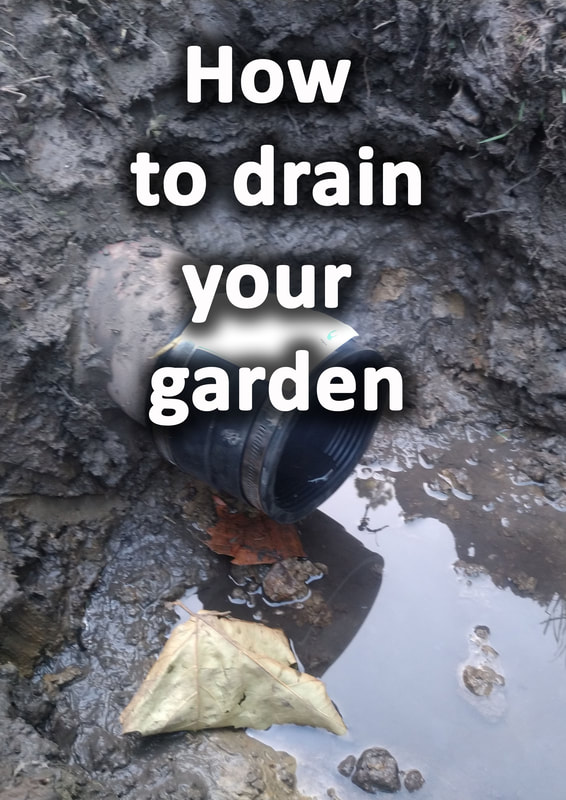|
This article contains affiliate links
Landscape and garden drainage can be a more in depth topic than many give it credit for. In my experience drainage solutions on a particular site can be influenced by so many varying factors.
Topography, geography, soil type, climate, annual rainfall and hydrology all play a role in reaching a sites optimal drainage. However, many often seek a solution without assessing a particular drainage problems cause. A common question when tackling garden drainage is; ‘what should I add to my soil?’ ‘What is best for drainage sand or gravel?’ The truth is there are very specific circumstances for both materials when improving garden drainage. In this article I will answer the question is gravel or sand best for garden drainage? What is best for garden drainage sand or gravel?
Sand and gravel are both effective at improving garden drainage but in completely different ways. Gravel is specifically utilised for its ability to drain water through its particles quickly.
However sand is more useful when mixed with soil to provide a more stable structure and open texture. This helps compacted soil particles to fragment, adding air pockets so water can percolate. Sand on its own does not drain as quickly as gravel but when worked in can create a more free draining soil.
Consequently both sand and gravel are great for garden drainage but in completely different ways. There is no particular material which is better for drainage than the other.
If we are measuring what drains water faster on mass, it would be 10mm gravel. However if we are searching for a material to mix with the soil it would be sharp sand. How to use sand for garden drainage?
If your soil is very heavy and impervious like clay, sharp sand can greatly improve drainage. However, in order for it to be successful you will need to add and mix in a substantial amount. You will need to spread a generous layer of between 50 – 75mm of sharp sand over your soil. If you are spreading over a large area, this can amount to many tones and days of labour. The sand must then be worked into the soil with a tiller so they mix thoroughly.
This will greatly improve the drainage and permeability of your topsoil. Sand however, can also be used as a free draining layer. This is where you spread a 30mm layer of sharp sand under a new lawn.
A 30mm layer of good quality topsoil is then spread on top and the new lawn laid. The sand layer provides drainage to the topsoil layer aiding surface water to percolate away from the surface. What is the best sand for garden drainage?The best sand for garden drainage is coarse sand or sharp sand. Its particles easily cut into heavy soils and help to break them up. The random sized particles also help surface water to percolate efficiently. How to use gravel for garden drainage?
In landscape drainage free draining gravels are used to draw water out from surrounding soil. Evenly graded gravels have an extremely high permeability and ability to absorb high volumes of water. These attributes make gravel perfect for filling around perforated pipe channels and soak-aways. In landscape drainage, gravels are primarily used to create free draining buffer zones around drainage pipes and soak-aways.
However, I would not mix these gravels directly with the soil to improve drainage. In my experience their angular structure leads to more soil compaction. Horticultural grit is much better for soil drainage and has smaller particles.
However I personally think coarse sands are best for improving drainage to clay soils. Furthermore, working in organic matter such as compost and woodchips is also effective for soil drainage. What is the best gravel for garden drainage?
The best gravel for drainage is 10mm gravel from an angular and non calcareous aggregate. 20mm and above contains too many larger air spaces potentially leading to displacement and surrounding ground movement. 10mm is just as free draining but provides enough density to hold back excavated soil channels and soak ways.
The gravel should be made up of an impervious material so water does not penetrate the individual aggregates. Rock particles which absorb water such as limestone are subject to freeze and thaw as well as break down from acid rain.
This can lead to eventual silting and clogging of the drainage system. In the UK we use a 10mm standard pea gravel or shingle for garden drainage installations.
Thank you for reading our article on which is better for drainage sand or gravel? Below I will link to some of our other articles you may find relevant and useful.
If you require garden drainage services do not hesitate to contact us. Based in Amersham, we provide a wide range of garden landscaping services including: paving, patios, driveways, paths, edging, raised beds, garden drainage, lawn drainage, gardening, fencing, new lawns, garden walls, ponds, re-levelling, planting, wildlife gardens and vegetable gardens. Our landscaping services cover a 10 mile radius from Amersham and typically cover: Amersham, Aylesbury, Bovingdon, Chalfont, Chesham, Hyde Heath, Great Missenden, Princes Risborough, High Wycombe, Penn, Beaconsfield, Tring, Gerrard's Cross and Denham.
'As an Amazon Associate I earn from qualifying purchases'
0 Comments
Leave a Reply. |
The Author
|
Landscaping services across Buckinghamshire, Amersham, Aylesbury & High Wycombe
Hyde Heath, Amersham, Buckinghamshire |
|
